 Sámegillii
Sámegillii  På norsk
På norsk
Articles about Sami school history
4. part - printed in Min Áigi 19.10.2007
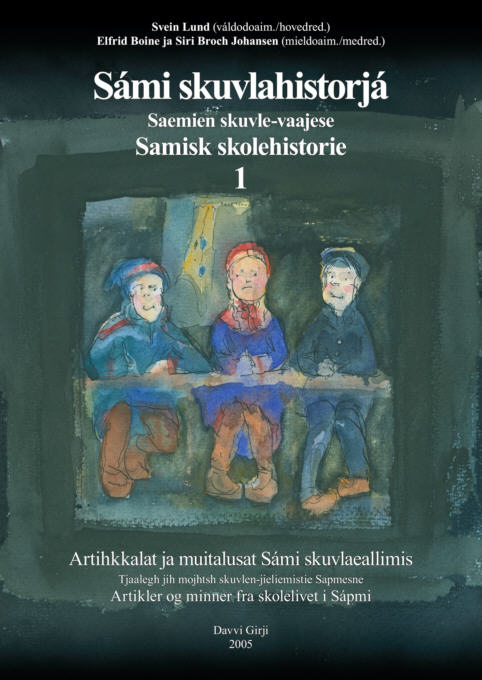 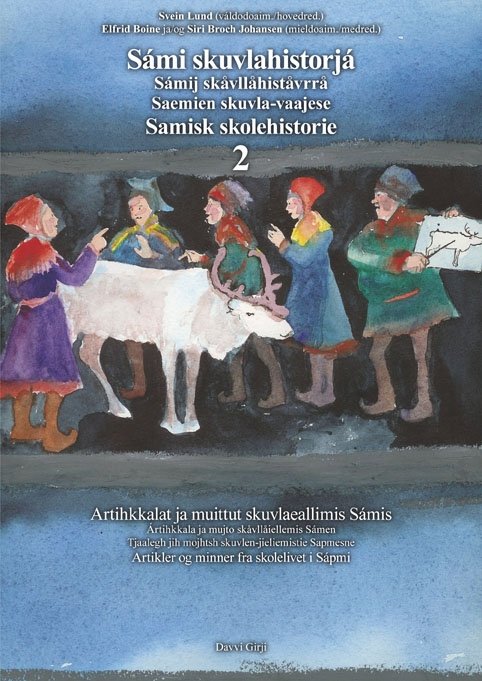 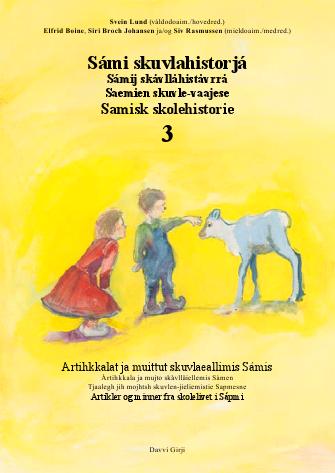 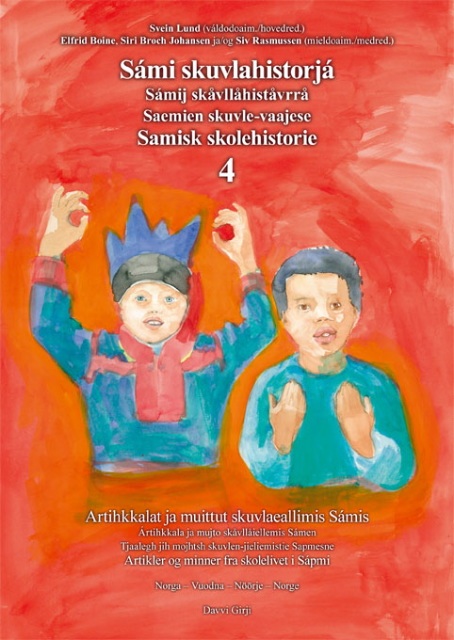 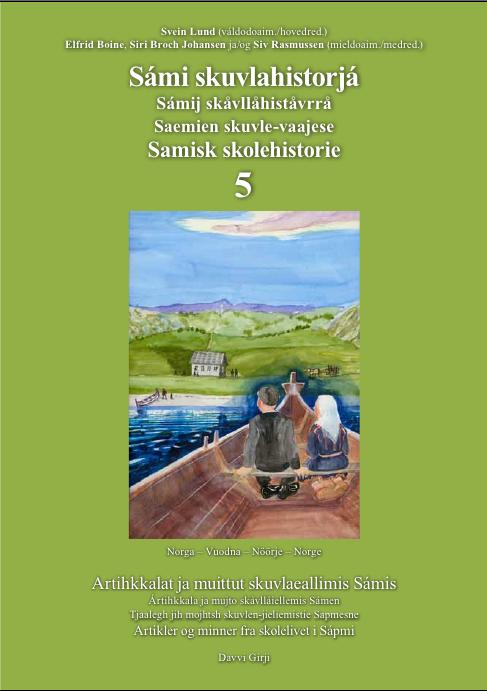
Do you know Sami school history?Sámi skuvlahistorjá / Samisk skolehistorie (Sami School History) is a series of books published by the publishing house Davvi Girji. In about 200 articles in 5 volumes there is told about the experiences of Sami children in Norwegian schools, and about the changes in the educational politics of the Norwegian authorities towards the Sami population. The books are published with parallell text in Sami and Norwegian language.In this web site some of the articles of the first book are also published in English. It would be too much to translate it all, so to make this history available to a greater public, we are translating a series of newspaper articles, which sorted by topics make a summary of stories in the books. So far there are 28 articles published in Sami language by the Sami newspapers Min Áigi and Ávvir. They are also published here in Norwegian and the English version will be published gradually as they are translated. These articles are edited by the main editor, Svein Lund. Besides him the editing board of the book series consist of Elfrid Boine, Siri Broch Johansen and Siv Rasmussen. |
It was actually pure coincidence that the then inspector of schools, Lydolf Lind Meløy, had come over an article about bi-lingual teaching in Fries-speaking regions of the Netherlands, at the same time as having someone from the Netherlands on his teaching-staff. Anyway, it was this coincidence that led to me, in December 1963, making a study-trip to Friesland and asking myself whether the bi-lingual Fries schools and the experience they had acquired, could be put to use in Sami-speaking districts.
During the two weeks I spent in Friesland, I got to meet a string of people who were, in different ways, involved in bi-lingual teaching, both in theory and practice. .. The children’s mother-tongue, Fries, was the language of instruction during the first two years of Primary-school, at the same time as the country’s main language was gradually introduced, first orally and thereafter, when the children had learnt to read and write in their own language, also in written form. Starting in the third year, the two languages gradually changed places. Dutch now became the language of instruction while Fries remained on the timetable as a subject.
Thus the Fries had, at that time, come a lot further than the Sami as regards realizing the importance of the use of one’s mother-tongue in teaching. .. Fries educationalists had earlier been inspired by the Welsh in Great Britain, and continued to maintain close ties with them. The Welsh were ahead of the rest, both with regard to bi-lingual work in schools as well as relevant research. Wales was like a kind of Mecca for all those interested in bi-lingual education and I was therefore strongly recommended to go there. An application to the Primary-school council for funds for such a trip, accompanied by a full report of my findings in Friesland, was positively received. The chairman of the council, Erling Slaatto, however, set as a condition for the study-trip, that I should, as a result, produce a Sami ABC. They’d had enough of reports. Now, they wanted to be able to provide schools in Sami-speaking areas with the means to implement beginner instruction with the use of mother-tongue teaching. It was pleasing that the central school authorities were aware of the importance of using the pupils’ mother-tongue. ..
Slaatto’s condition, however, was hard to accede to for someone who couldn’t speak Sami and only had a couple of years experience in a Sami-language environment. The idea was to concentrate my studies on what occurs between teacher and pupil in countries where bi-lingual education is practiced during the first years of school, and thereafter share my findings with those who possessed the knowledge required to make practical use of them in Norway. .. The encouragement I received from school-inspector Lind Meløy and from colleagues in Karasjok, was a contributory factor in my finally accepting the offer. This meant teaching myself enough Sami to allow me to produce texts that were appropriate pedagogically and methodologically speaking, as well as being relevant to the pupils’ environment, both factually and emotionally.
At that time, provision had been made for teachers in Finnmark to take a year’s sabbatical with full pay in order to study Sami in Oslo, on the condition that they commit themselves to work for five years in Sami-speaking districts. The disadvantage of living and working in Oslo was though, outweighed by the fact that I had a number of Sami-speaking consultants within reach. .. I managed to produce a draft for the first two parts of the ABC myself, The third, however, required a level of language that left me feeling insecure enough to ask the Primary-school Council for permission to enlist the help of a co-author, who ended up being Hans Eriksen, my colleague from Karasjok.
The three parts of the ABC, together with teachers’ guides and exercises, came out in the period 1967-69. The first part, Las’se ja Mat’te – ruovtos, was later revised by Sverre Hatle and came out in 1977 under the title Da læba Las’se ja Mat’te .
(Inez Boon's story, SSH-1)
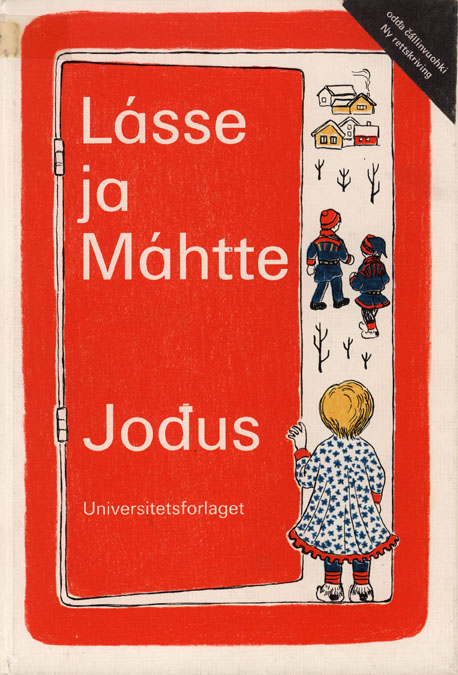 | Lásse ja Máhtte jođus was among the tirst school books for Sami beginners instruction. |
– Is there something wrong with our whole teaching-method?
– We think that it’s wrong, and this autumn (1967) we are going to try a new method. Until now, when Sami children have started school, Sami has been used as an auxiliary language to help them. The teacher has used it when needed, but they have learnt both arithmetic and to read in Norwegian right from the beginning. ..We will now try to teach the children in their mother-tongue to start with. They will first learn to read and write in their mother-tongue and then learn Norwegian orally. Thereafter, only when they have learnt enough Norwegian words to be able to write a little, will they read Norwegian as well. I think this method is better, but we won’t know until we’ve tried it.
I believe that if everything goes as we think it will, then it will certainly be a lot better for the children. When they start by learning in Sami, they will learn a lot more Norwegian and a lot more in general,
– Have you now got text-books in Sami?
– At this time (1967), the first ABCs, or text-books for use in the first year are coming out, and they have been produced according to the very latest and most modern methods. But there are 4-5 lessons of oral Norwegian a week, and there will also be books for that, at least for the teachers. We haven’t seen any sign of them yet, but we have been promised that these books will be ready for the autumn term.
– Do you think there’s anything to gain from teaching the children’s mother-tongue at school?
– There’s a lot to gain. The easiest thing would, of course, have been to say: “We don’t need Sami, Now we’re all going to start speaking Norwegian”. That would have been very easy. But it’s a human right to speak the language of one’s choice, and it’s the duty of the state and of our school-authorities to create a school where everyone can choose the language that is best for them. But until now, this has not been so. It’s only now that it will be so.
(Trygve Madsen about Sami school, SSH-1)
Inez Boons textbook series for reading and writing education in Sami was published in 1967: the books about Lásse ja Máhtte, just as Liv Jerpseths arrangement for verbal teaching in Norwegian as a foreign language, and the first classes of Sami beginners education was started in Karasjok and Kautokeino. Already the following year we got the request in Skoganvarre if we wanted to offer new pupil this arrangement. It was impossible to turn it down, although we didn't have any teachers with Sami as the mother tongue.
It was emphasised that the arrangement was voluntary, the parents should choose. Hans Eriksen, consultant for the superintendent of the school, came himself and did a round visiting the parents together with me. We started Sami beginners education in the autumn 1968 with two students, which were 50% of the first graders. Finally Sami was recognised as the language of teaching, but after about one and a half year the teaching was supposed to continue in Norwegian.
As far as I can remember the reasons given for offering Sami beginners education was consistently that the pupils should get better in Norwegian, never that it had a value in itself to master writing in the mother tongue. I reckoned that this was a strategy chosen in order not to provoke. If someone tried to argue that the mother tongue was an important instrument for the child, the objections arose quickly: "Gosa dainna sámegielain?" (Where will this Sami bring you?) But I thought to myself that the knowledge of Sami would come as a side-effect.
The arrangement didn't meet much resistance. After all the strategy of voluntariness practically rendered open resistance impossible without exposing the prejustices.
But it evoked discontent that the class with Sami beginners education didn't come in additionto the favourable class division the school had before.
It was a crude and unrighteous assertion that the Sami beginners education "was detrimental" of the Norwegian pupils, but it became a persistent myth. To remind of the injustice the Sami pupils had suffered through generations was useless in this context.
.
(Sverre Hatle's story, SSH-1)
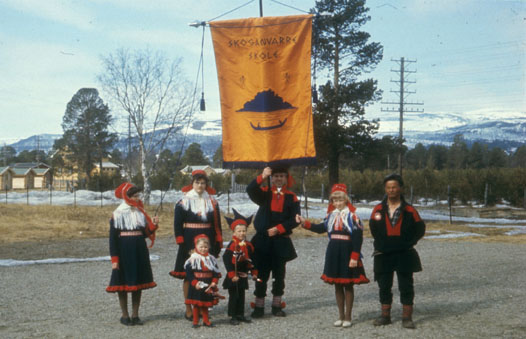 | 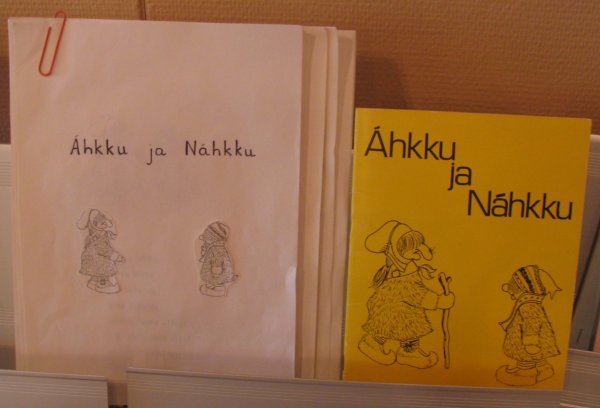 |
| Skoganvarre, 17. May 1967. The school banner is shown to the villagers. From the left: Torill Grøtte, Birgit Bergh, Sverre Hatle, Øyfrid Johansen, Johan Utsi. The children in front: Hilde og Magne Bergh. (Foto: Richard Bergh) | "Áhkku ja Náhkku" was originally a comic Sverre Hatle made, which was printed in the Sami newspaper "Nordkalotten". It was published later as a book, and became so popular that it was printed again in the new orthography. It depicts two small stallos and their encounters with animals and people, among others they are disturbed by the military, like in these drawings. |
My first teaching job was at Skoganvarre school in Porsanger, in the school year 1970-71. Sverre Hatle had started Sami beginner instruction there. The year I worked there, he was on leave, writing text-books and syllabuses for Sami. I worked together with to other teachers, of which one was Sami-speaking and the other Norwegian-speaking. Most of the children spoke Sami and those who didn’t speak it, understood it.
I had the smallest children, 1st – 3rd year. There were no text-books at all, we used a felt-board and loose letters. Every evening, we had to make new words for the lessons the following day. I myself had not learnt to write Sami. That had to wait until 1979-80 when I completed a basic degree course in Sami.
(Asta Balto's story, SSH-2)
Here you find all the articles in the series:
28.09.2007 Why Sami school history?
05.10.2007 Boundless ignorance
12.10.2007 Southerner-teachers encounter the Sami language
19.10.2007 The start of Sami beginner instruction
26.10.2007 The start of education in reindeer-herding
02.11.2007 From Sami to Norwegian vocational training
16.11.2007 Struggle for Sami gymnasium
28.11.2007 School experiences of Norwegian speaking Samis
14.12.2007 Resistence against Sami language and culture
25.01.2008 A strange world
23.05.2009 On Sami teachers
30.05.2009 Life in boarding school
06.06.2009 Sami pupils were bullied
13.06.2009 Sami content in the teaching
20.06.2009 Pupil as interpreter
04.07.2009 How the children quit speaking Sami
10.09.2010 God does not understand Sami
08.10.2010 The point of view of the Norwegianizers
13.10.2010 Men of the church defending the Sami language
02.12.2010 Sami teachers in old times
09.12.2010 Boarding school life in old times
18.12.2010 Sami pupils in special schools
14.01.2012 The parents' struggle for Sami education
21.01.2012 Reluctance and absence
28.01.2012 The school during the war
04.02.2012 Reconstruction and barrack schools
11.02.2012 Curriculums - for Norwegianization and for Sami school
18.02.2012 The great struggle of the curriculum
Sami school history 1
Sami school history 2
Sami school history 3
Sami school history 4
Sami school history 5
Sami school history - main page